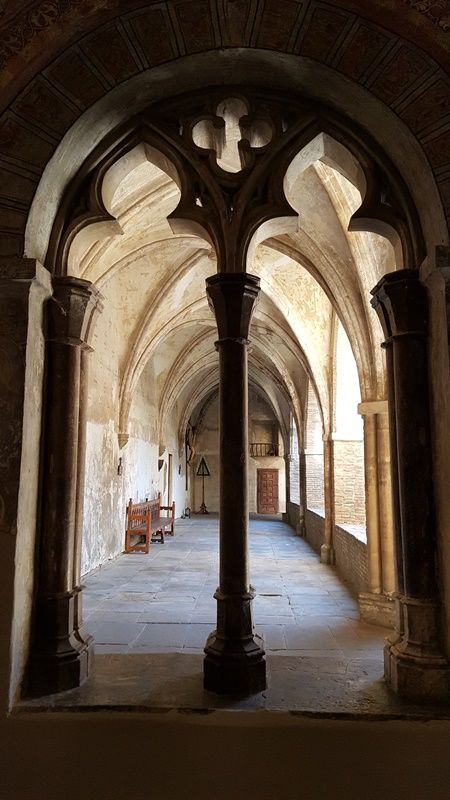Your Erasmus friend from France or your work colleague from Belgium or Italy comes to visit you and before picking them up at the Delicias Station and before picking them up at Delicias Station you already know where you are going to take them to see your city. El Pilar, La Seo, La Aljafería, the Roman Theater, the Thermal Baths and the Forum, maybe a tapas tour of El Tubo and perhaps a walk through the José Antonio Labordeta Park.
But your list is missing a place, a historical jewel, that you may not know about even though it is located five minutes from Plaza del Pilar: the Monastery of the Canonesses of the Holy Sepulchre. It is a monastic complex whose foundation dates back to the 14th century, erected on the remains of the ancient Roman wall and is one of the most interesting and forgotten tourist treasures of Zaragoza.
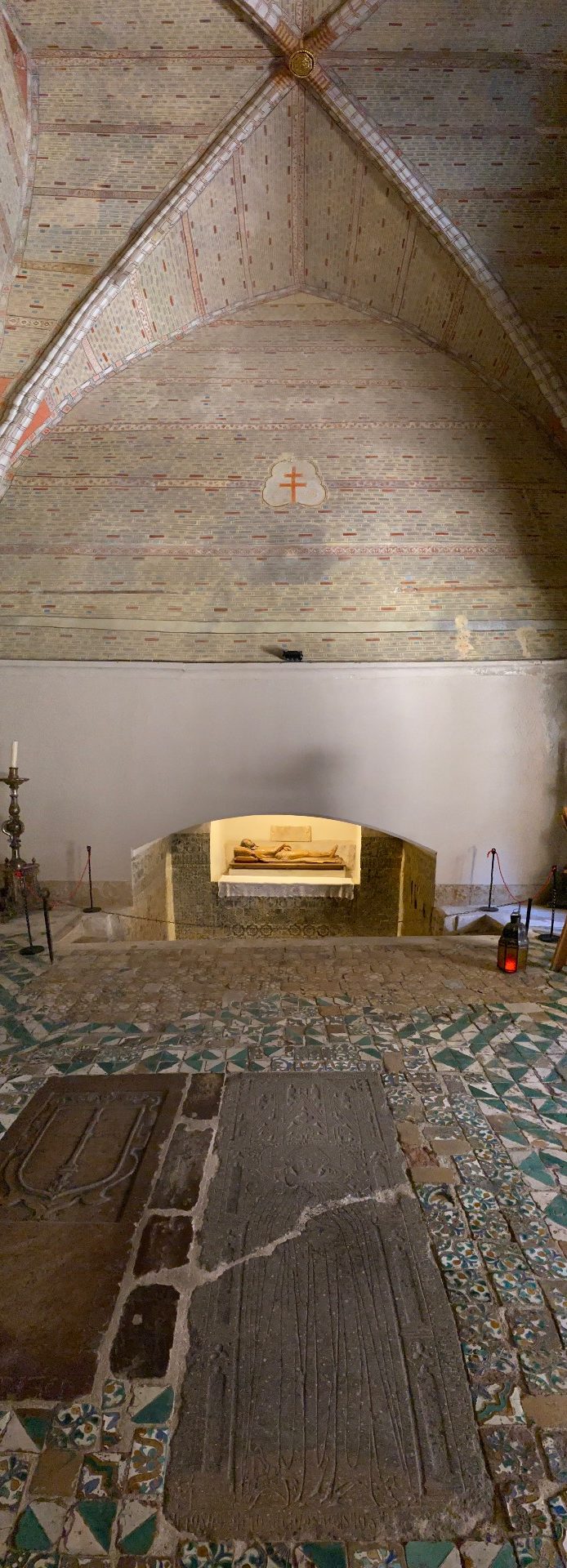
It is located in the Magdalena neighborhood, in the heart of the historic center, near the Coso and San Vicente de Paúl Street. The architectural ensemble of the monastery consists of the Church of San Nicolás de Bari, the temple of the Holy Sepulchre and the convent’s own facilities that make up the monastery.
This monastery is an example of living history as well as the only complete example of Mudejar convent architecture that has survived to this day. It was declared a National Monument in 1893 and an Asset of Cultural Interest (BIC) in 2002. It was also included in the generic list of Mudejar Monuments of Aragon considered World Heritage by UNESCO in 2001.
As Vicente Gómez, head of heritage, and Mayte Andreu, head of management, point out, it is “a building that speaks, a living building that tells the story of the canonesses and the city”. Different activities are organized in the heart of this building that interested people can learn about through various guided tours.
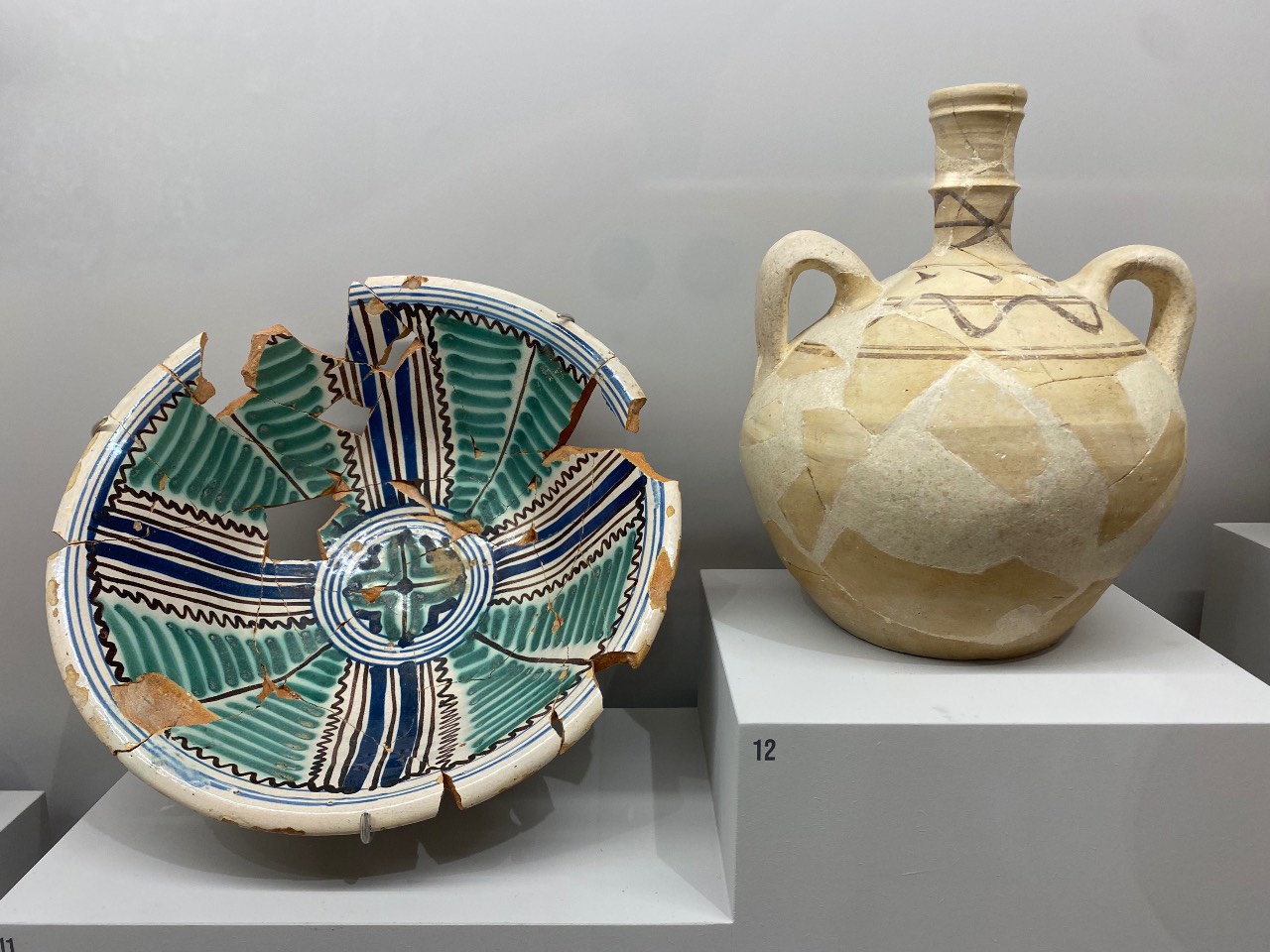
Three doors for three visits
Currently, the cultural and museum offer of this monastic complex includes three different visits, each of which is accessed through a different entrance, and that bring Zaragozans and tourists not only to the building and its peculiarities, but also to an important part of the history of the city.
The visit ‘El Monasterio Mudéjar’ has been running for more than ten years; ‘¡Hasta la Cocina! La Cocina y los Refectorios de las Canonesas’, about a year and the last to join the cultural offer of the monastery has been ‘Muralla Interior. Los Pasetes del Monasterio y las Murallas de la Ciudad‘ which has been held since last October.
All the information related to the visits, dates and schedules, can be consulted in the web page of the monastery, the web of Information and Tourism and from zaragozago.com, page from which the tickets can be acquired. It is also possible to request a guided tour for organized groups.
There is also the option of visiting the monastery in a non-guided way, on Mondays from 10:30h to 11:45h, accessing through the Plaza de San Nicolás. However, given the great amount of history that the place holds within its walls, it is advisable to do it guided.
Interior Wall. The Monastery Steps and the City Walls’.
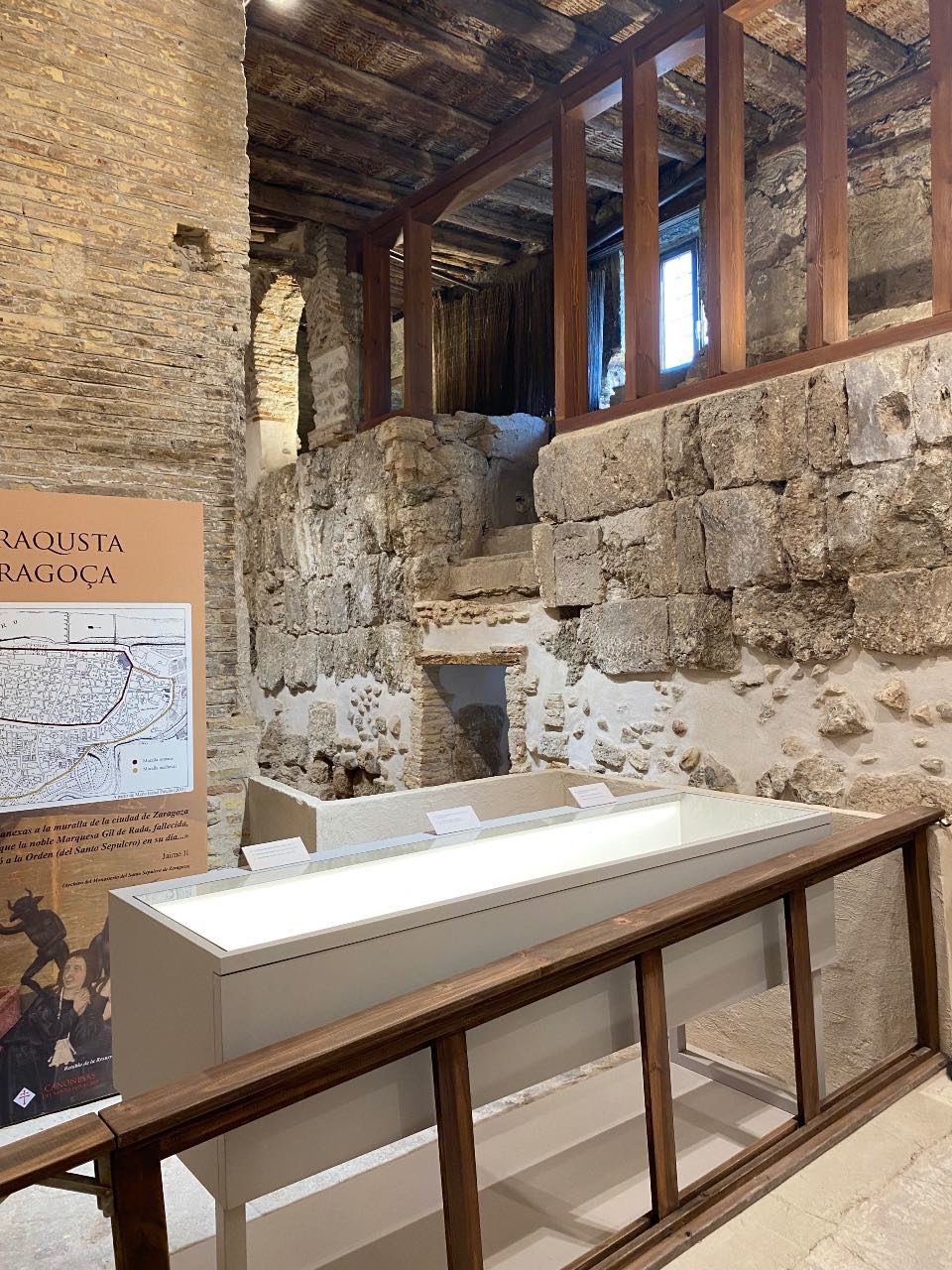
Through the gates of the wall -located in Coso, 175- you can access the guided tour of the wall, the most recent of all. It lasts approximately one hour and takes place on Saturdays and Sundays, in November at 6 p.m. on Saturdays and at 11.30 a.m. on Sundays.
This was the last visit to be added to the monastery’s offer, since the Roman wall has been restored this past year thanks to a collaboration agreement that the Canonesas Regulares del Santo Sepulcro signed with the City Council of Zaragoza for the conservation and dissemination of the existing heritage of the Monastery. The objective of this agreement was to advance in the dissemination of the heritage of the Monastery of the Canons of the Holy Sepulchre and, in turn, to achieve the recovery of the area of the Roman wall and the buttresses and exterior of the refectory wall, adjacent to the kitchen.
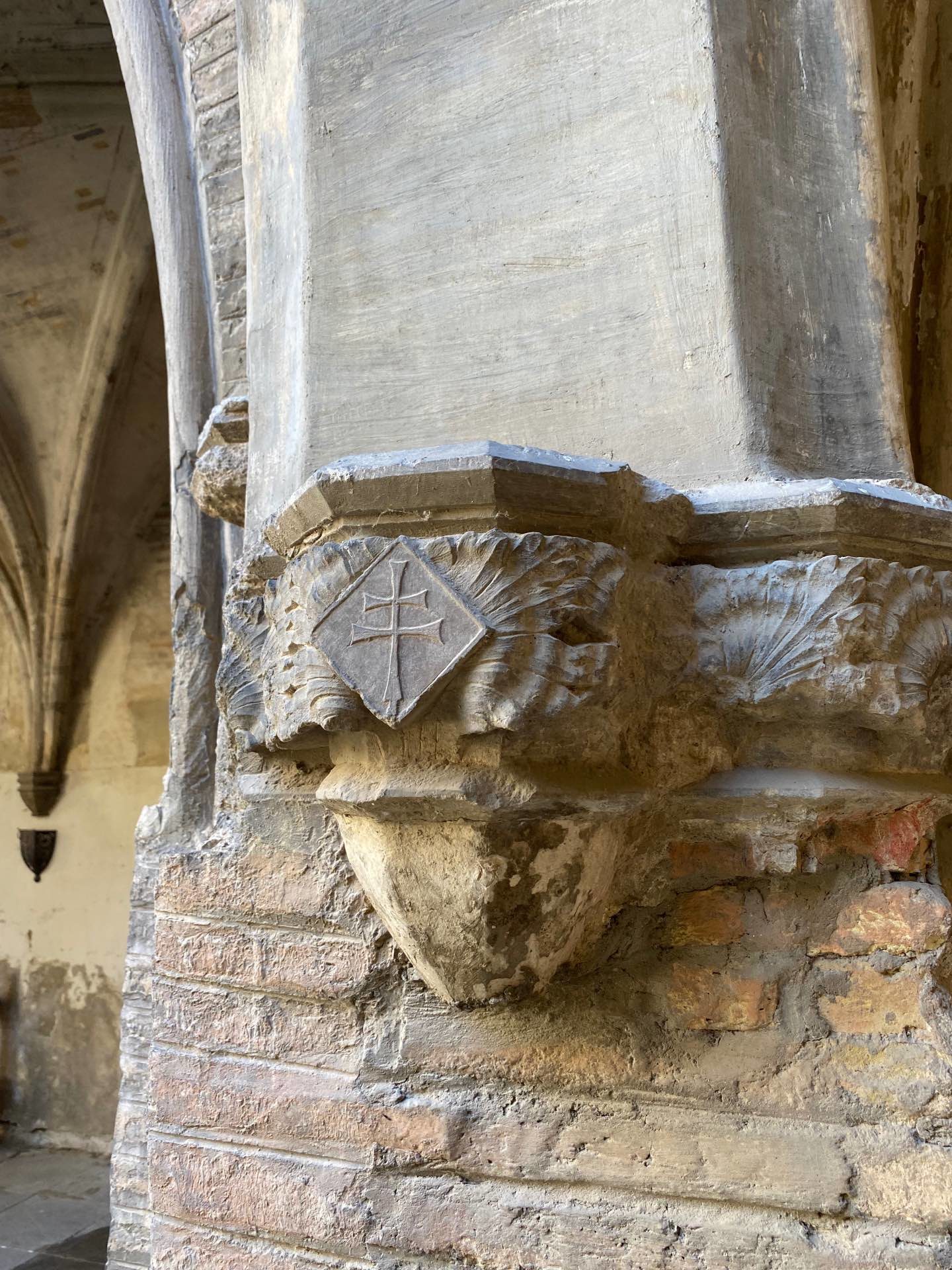
Visitors will be able to retrace two thousand years of history through this tour that combines the evolution of the Roman and medieval walls of the city and the coexistence of the canonesses with this monument that has always been one of the facades of their home. This visit covers four chronologically delimited spaces: it begins with the Roman period – the wall was built in the 3rd century – and then moves on to the Middle Ages to deal with aspects such as the Muslim arrangements and the construction of the monastery itself.
It then moves on to the 17th century to focus the explanation on a valuable set of pieces that belonged to the canonesses and ends the tour with the War of Independence and the role played by the walls in the conflict. In addition, more than thirty archaeological pieces found in the excavations carried out by the City Council next to the walls of the monastery, such as amphorae or pieces of crockery, are exhibited, and the guided explanation is supported by various panels with plans, paintings, literary fragments, etc. that facilitate the understanding of the information. As a curiosity, we note that you can also see a huge gate dating from around the sixteenth or seventeenth century and belonged to the Church of San Nicolas.
The space through which the visit takes place, was known since its construction as the Pasetes but, after the War of Independence – and because of the ravages caused by the French troops – the area is quite affected and the name is changed, so that for decades it was known as ‘the ruins’.
As Gómez points out, “in this visit we can observe history through the walls“.
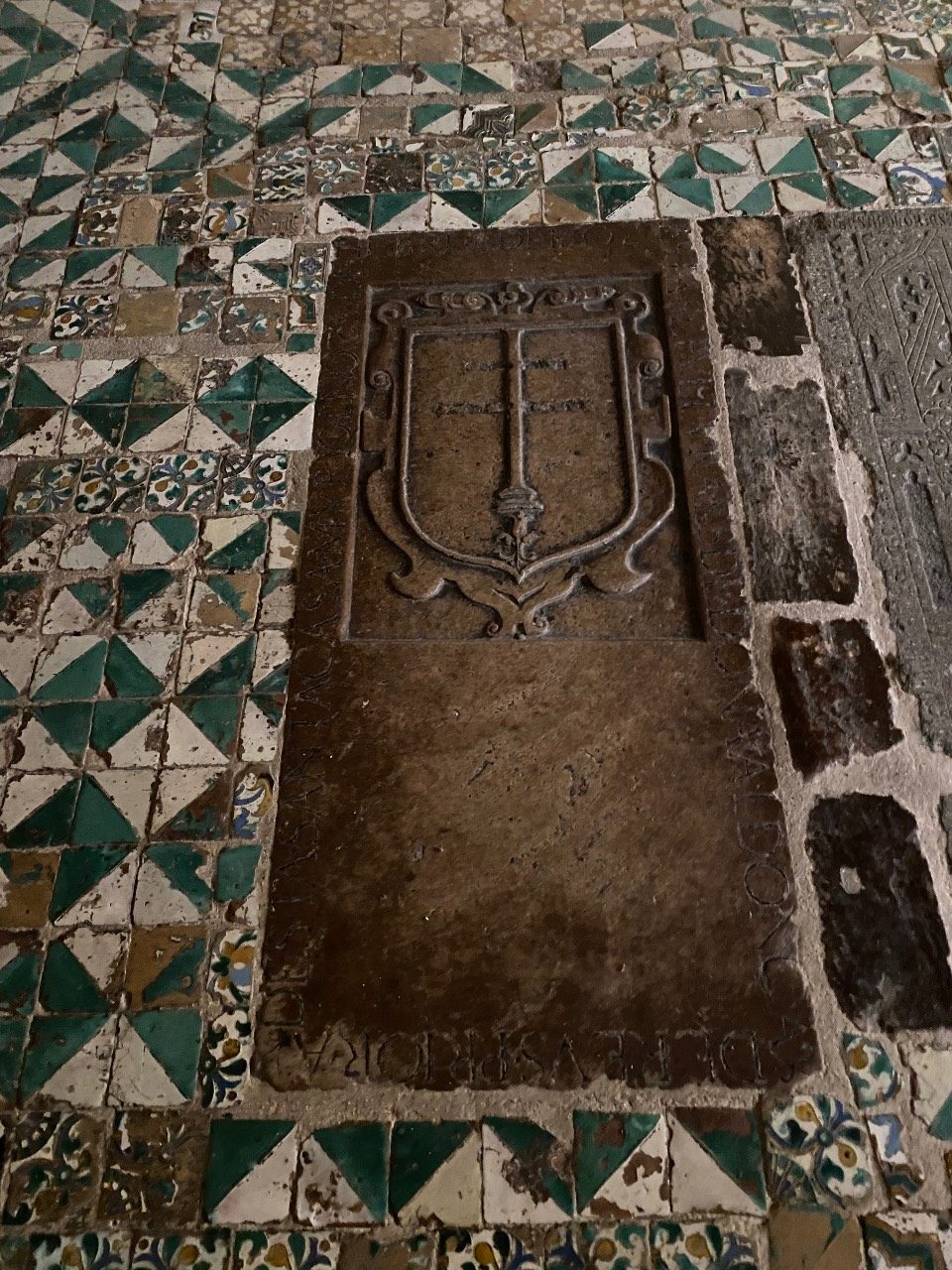
The Mudejar Monastery
Every Monday at 12 noon you can participate in this visit to learn about the history of the Monastery of the Canonesas del Santo Sepulcro and, especially, the Mudejar art it houses. In addition to Mondays, the monastery’s web page announces other dates that are closing for visits, in the afternoons, to make this tour. The next ones are Friday, November 11 and Thursday, November 24, both at 5 pm.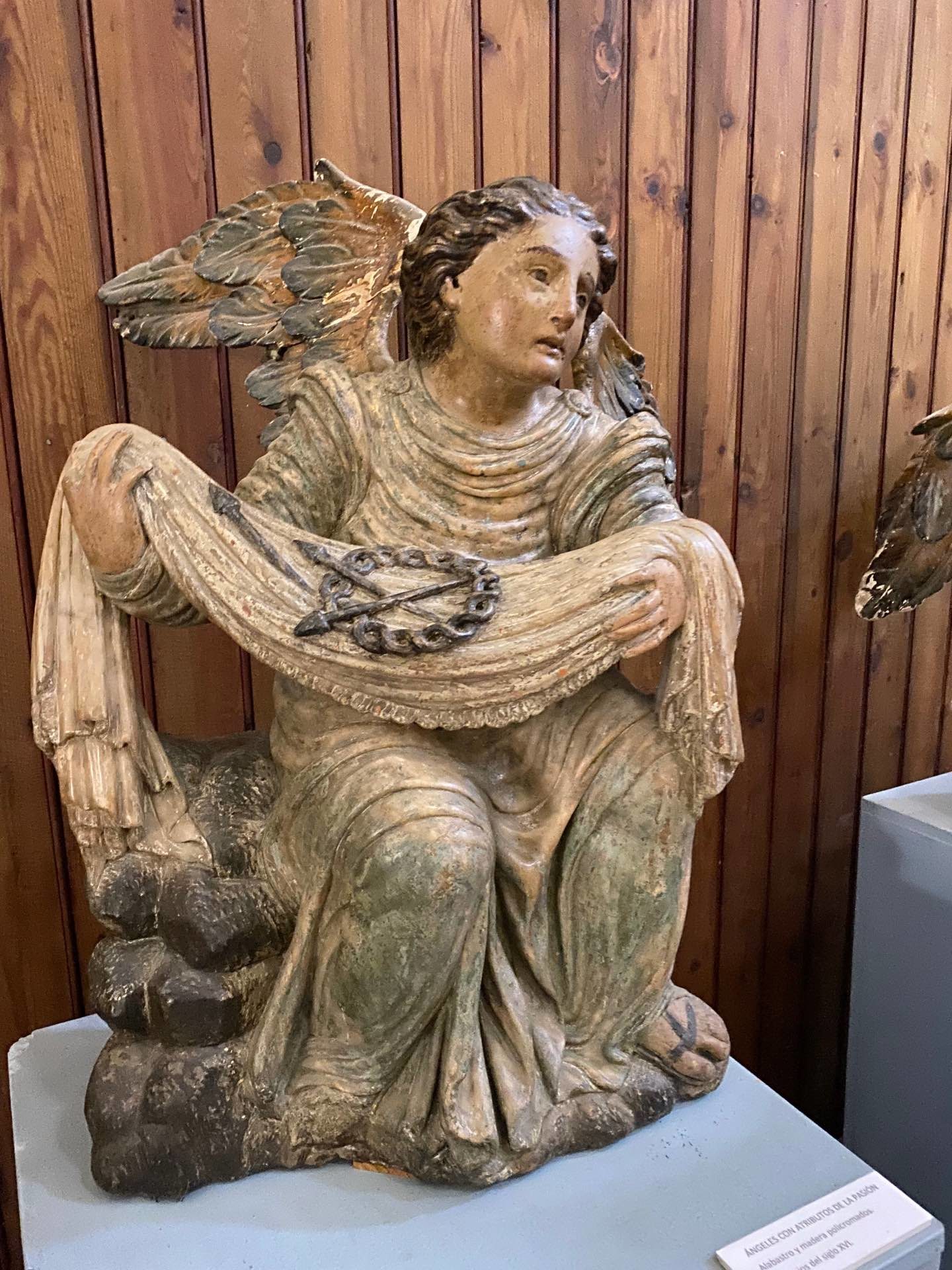
In this visit different artistic aspects of the only monastery preserved intact in Mudejar style in Aragon are exposed and the exciting history of the Canonesas since the fourteenth century is recounted. The 700 years of history of these canonesses are very interesting. It should be noted that they are not nuns but canonesses and that from their beginnings they led religious lives but not cloistered.
They had a freer life than other women in medieval society, they governed themselves and democratically elected the prioress and the council and celebrated liturgies open to the public. This way of life was affected in the 16th century after the Council of Trent when it was imposed that all nuns had to be cloistered. In this route, the visitor will discover how the nuns tried to circumvent this imposition until they had no choice but to convert the monastery into a cloistered one by making different architectural changes. Vicente Gómez explains that “the building itself tells us about the history of the canonesses”, since they had to adapt to this new way of life a building that, in its beginnings, was not cloistered and was open to society.
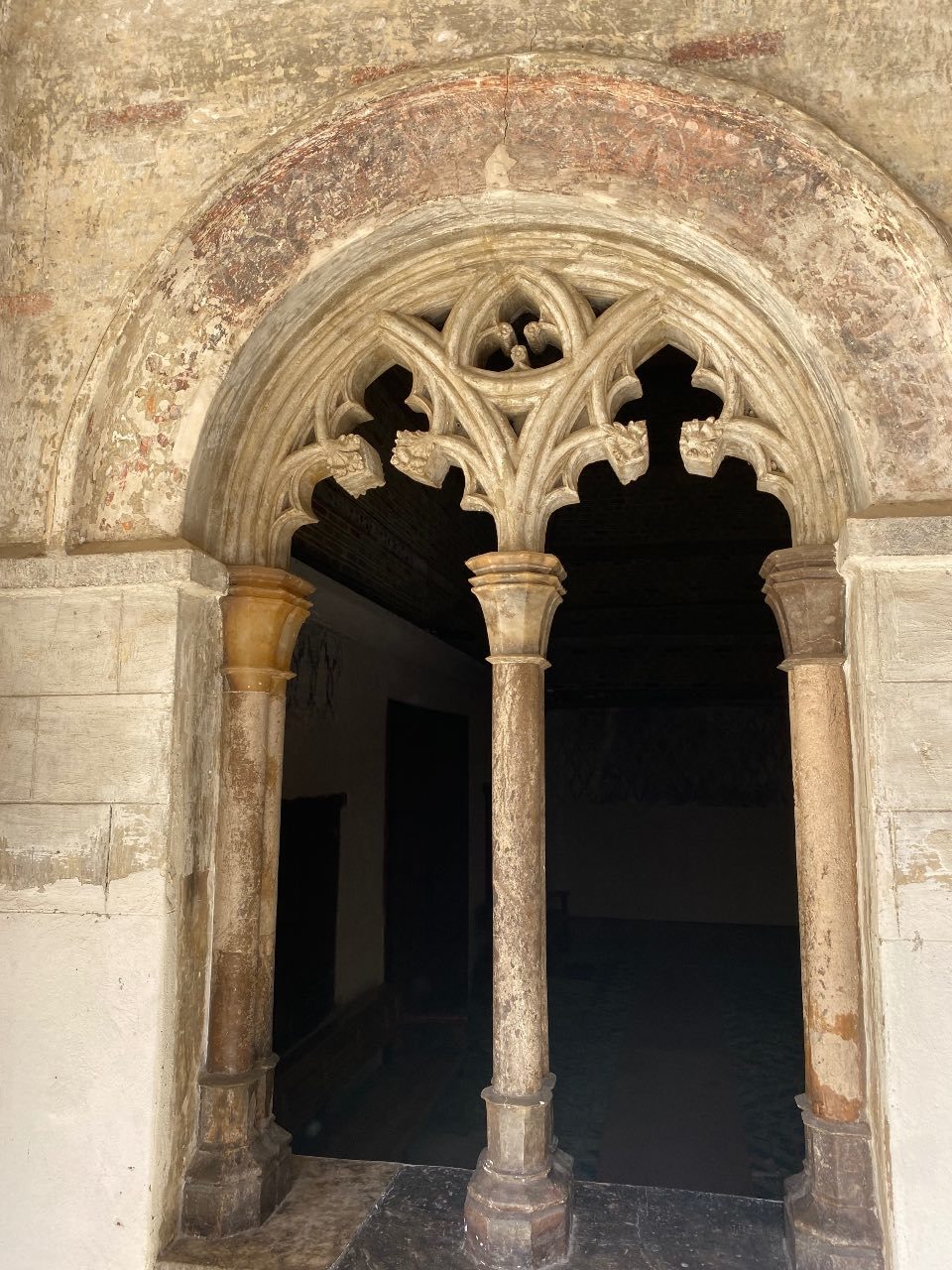 Since the Second Vatican Council, in the sixties of the twentieth century, the nuns of this monastery have returned to their original form and are the only canonesses of the Holy Sepulchre in Spain.
Since the Second Vatican Council, in the sixties of the twentieth century, the nuns of this monastery have returned to their original form and are the only canonesses of the Holy Sepulchre in Spain.
This visit is accessed through the Plaza de San Nicolas, lasts approximately one hour and is accessible to people with disabilities. We visit the church of the Holy Sepulchre, the chapter house, the cloister and the Mudejar refectory.
The chapter house is a splendid example of Mudejar art. The construction is medieval and the decoration is Mudejar, in fact it includes bricks with different designs of agramilados, typical of Aragonese Mudejar. There are also remains of the original Manises tiles from the 14th century. There is even a theory that the columns of this room come from the Great Mosque of Zaragoza. This space – in which there is also a crypt with an image of Christ from the 16th century – is “the heart of the house,” in Gómez’s words, and is still used for prayer.
All tours include a visit to the cloister, whose atmosphere is part of the immaterial value of the place. It is a Mudejar cloister that preserves a high percentage of the original polychromy, including inscriptions in Arabic. This particular visit invites you to stop, observe and enjoy a bit of peace in a place that is just a few meters from the bustling city center.
Vicente Gómez stresses that “Mudejar is a mixed-race art that represents the charm of the fusion of cultures” and emphasizes that, given the confluence of various religions, it was not a war but an art that was the result of respect.
Up to the Kitchen! The Kitchen and the Refectories of the Canonesses’.

Hasta la cocina!’ takes visitors through areas of the monastery such as the old kitchen or the 16th century refectory and provides an insight into the daily life of this community of nuns. In addition to the old kitchen, visitors also visit part of the cloister, the Mudejar refectory, the passageways and the Renaissance refectory. It is a way to enter into the intimacy and customs of the canonesses of yesteryear.
This is the most intimate visit because it allows the visitor to immerse himself and become part of the place. The kitchen is perfectly preserved and includes original furniture and utensils used by the community. According to Mayte Andreu and Vicente Gómez, these utensils “help some visitors to link them with their memories, creating a link between what we show and the roots of each one”.
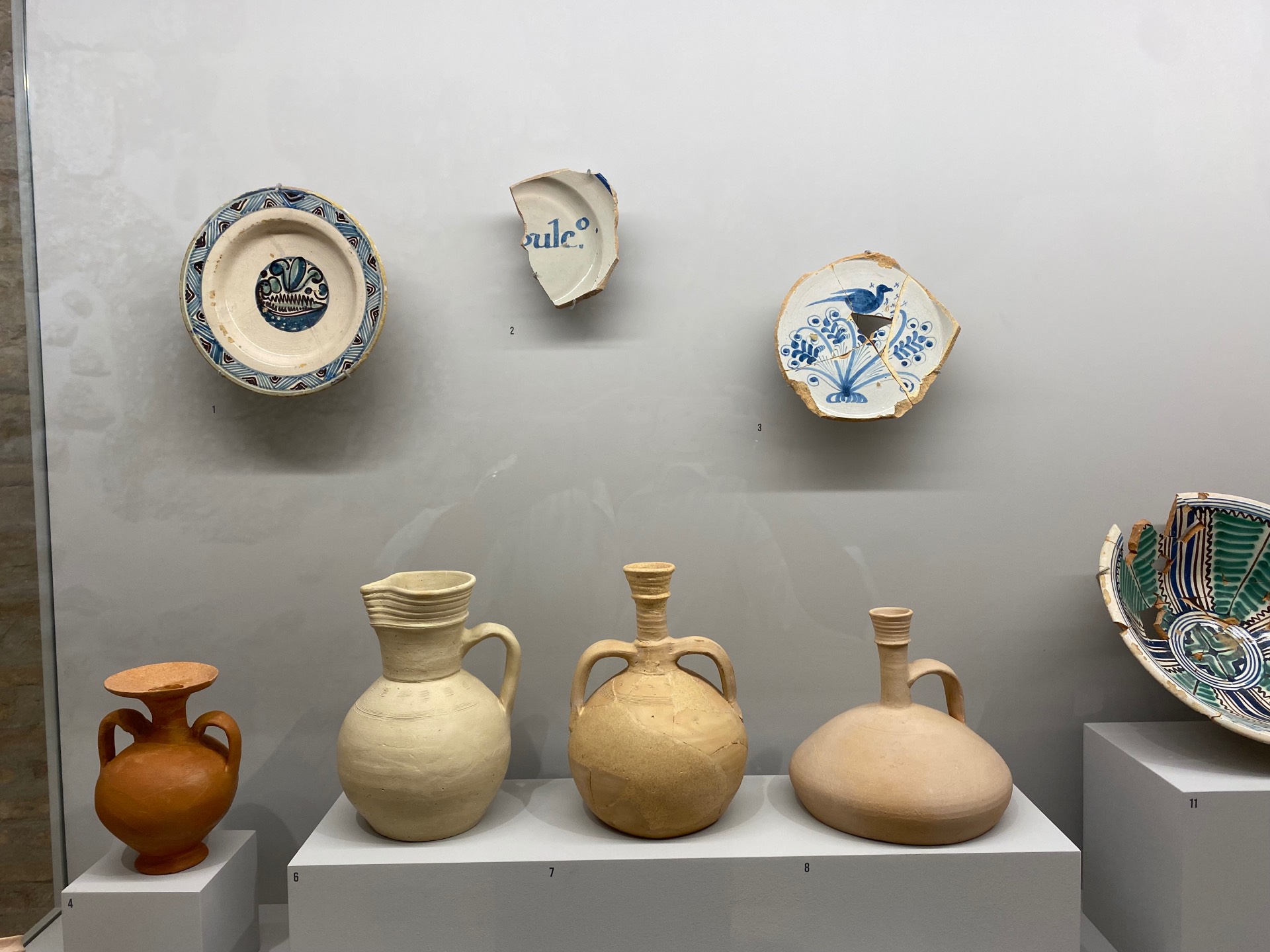
This visit, which has an estimated duration of 90 minutes, is accessed through Calle Don Teobaldo, 3. It is not recommended for people with reduced mobility, since there are sections with stairs and uneven floors. To know the days and times of scheduled visits, please access the website of the monastery. The next visits will be on Thursday, November 10 at 5 pm and on Friday, November 18 and 25 at 5 pm.




